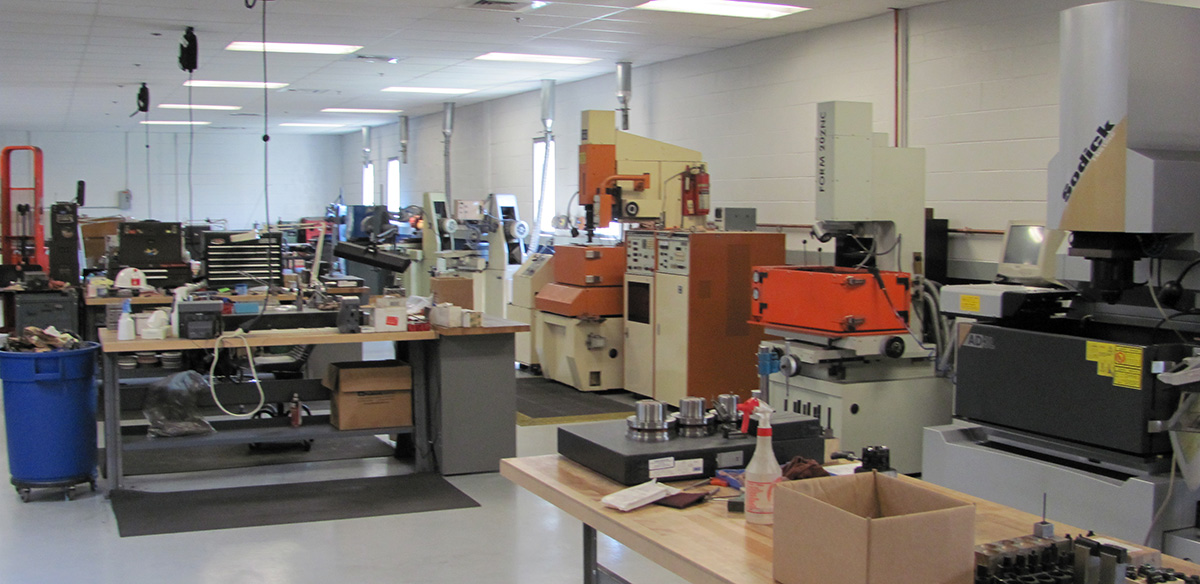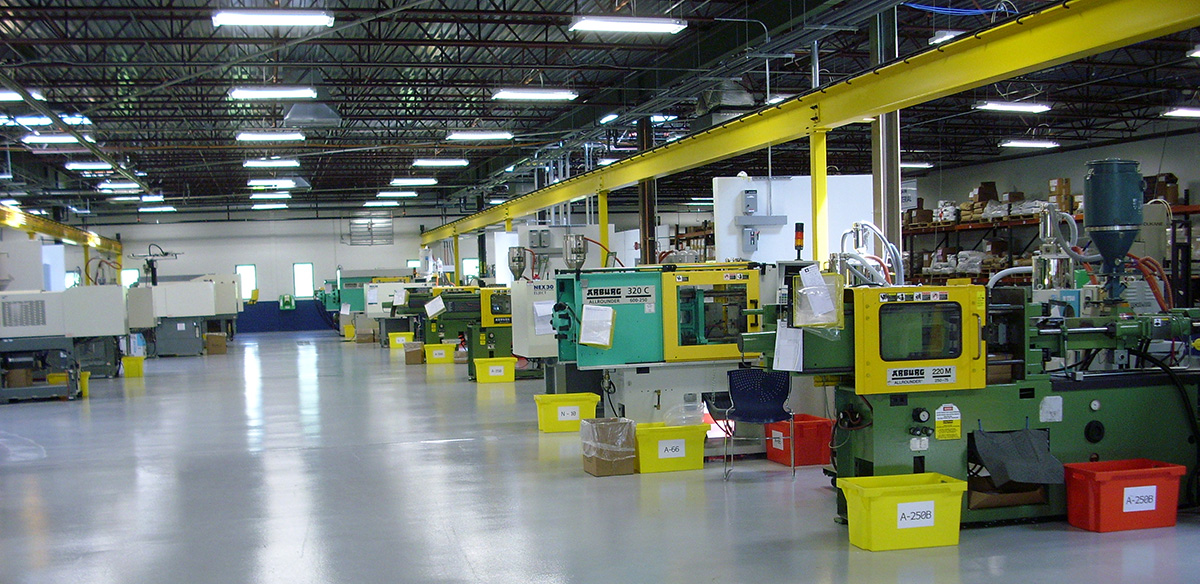The Process Guru:
A good Process Technician, sometimes known as “The Process Guru” can be described as someone good at compensating for a poorly engineered process. Before a plastic part is ready to be molded, one could only expect a robust product design with realistic tolerances for the plastic material selected and a well-built mold designed for the application. When this is not the case, the process guru has to break some rules and good standard practices of injection molding in order to get the desired results. This is how we compensate for a poor process design whether it be in the part design, mold design or material specification.
When a problem occurs, usually the first-place people tend to point is to the process/setup technician or machine, when often times it is the complexity of some other input that makes the process nearly impossible to dial in and achieve 100 % predictable results. It takes years of experience and trials of breaking rules and common practices to gain the tribal knowledge needed to become a good process technician. It is not a position someone is trained to become. A good process technician can be held in high regards because of this unique skill of doing the impossible or whatever it takes to achieve the desired results, or in many cases held in disregard because they do not follow standardized practices and their implicit knowledge is impossible to document. Anything documented is seldom useful or as valuable as the implicit knowledge gained through experience.
With information at our fingertips in the digital age, we as a society tend to value less and less every day, the skills of an individual that are gained from years of experience. Someday we only hope that artificial intelligence will be smart enough to learn all these broken rules in a fraction of the time, but why is everyone so focused on learning all these broken rules after the fact when they can fix the front end of the design in order to achieve a robust and reliable process? Maybe it will just be cheaper to rush through a design in order to get it to market on time and then wait for artificial intelligence to learn how to compensate and fix all the problems.





